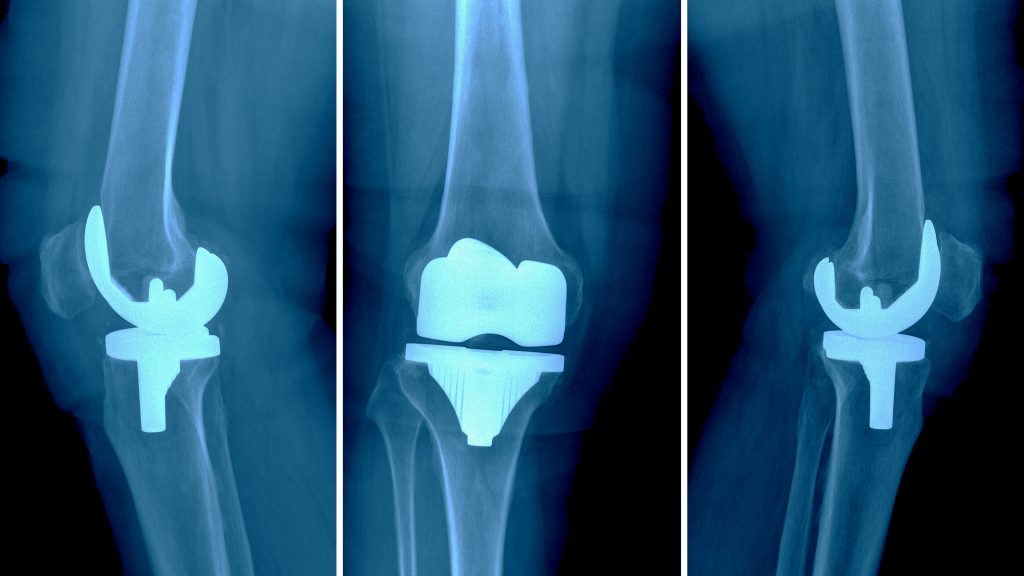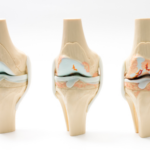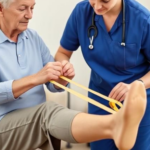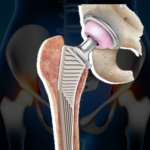
Revision knee replacement, also known as revision total knee arthroplasty, is a surgical procedure performed when a previously implanted knee replacement becomes worn out, damaged, or fails to provide adequate pain relief and mobility. In this blog, we will explore the reasons for revision knee replacement, the procedure itself, and the recovery process involved in restoring mobility and function to the knee joint.
Understanding Revision Knee Replacement:
Knee replacement surgery is a highly successful procedure that involves replacing the damaged or diseased surfaces of the knee joint with artificial components. However, over time, wear and tear, infection, loosening of implants, or other complications may occur, necessitating a revision surgery to address these issues and improve the patient’s quality of life.
Reasons for Revision Knee Replacement:
- Implant Failure: In some cases, the components of the original knee replacement may loosen, wear out, or become unstable over time. This can result in pain, limited mobility, and a decrease in overall function. Revision surgery is performed to remove the failed or damaged components and replace them with new ones.
- Infection: Although rare, infections can occur following knee replacement surgery. If an infection develops around the knee joint, it can lead to pain, swelling, and potential damage to the implants. Revision surgery may be necessary to remove the infected components, clean the area, and implant new prosthetic components.
- Periprosthetic Fractures: Fractures around the knee joint, either during or after the initial knee replacement surgery, can disrupt the stability and function of the implant. Revision surgery may involve repairing the fracture and replacing any damaged components.
Revision Knee Replacement Procedure:
- Preoperative Evaluation: Before the surgery, a comprehensive evaluation is conducted, including a review of the patient’s medical history, physical examination, and diagnostic tests such as X-rays, CT scans, or MRIs. This helps the surgical team plan the most appropriate approach for the revision surgery.
- Anesthesia: Revision knee replacement is typically performed under general anesthesia, ensuring that the patient remains unconscious and pain-free throughout the procedure.
- Incision and Exposure: The surgeon makes an incision over the knee to gain access to the joint. Scar tissue and any previous implants are carefully removed.
- Component Removal: The old, damaged knee implant components are removed, including the femoral component, tibial component, and potentially the plastic spacer in between.
- Bone Preparation: The remaining bone surfaces are prepared to receive the new implant components. This may involve removing any remaining cement, addressing bone defects, and shaping the bone to accommodate the new components.
- Implant Placement: The new prosthetic components, including the femoral and tibial components, are securely attached to the bone using bone cement or press-fit techniques. In some cases, specialized implants, such as augments or stems, may be used to address bone loss or instability.
- Closure: The incision is closed using sutures or staples, and a sterile dressing is applied.
Recovery Process:
The recovery process following revision knee replacement is similar to that of primary knee replacement surgery, but may require additional care and rehabilitation due to the complexity of the procedure. Here are some key aspects of the recovery process:
- Hospital Stay: The length of the hospital stay varies depending on the patient’s overall health and the extent of the revision surgery. Typically, patients remain in the hospital for a few days to monitor pain management, wound healing, and initial rehabilitation.
- Rehabilitation and Physical Therapy: Physical therapy plays a crucial role in the recovery process. A personalized rehabilitation program is designed to improve range of motion, strengthen muscles, and regain mobility. Therapy exercises focus on restoring knee function and walking ability.
- Assistive Devices: Depending on the specific case, patients may require assistive devices such as crutches, walkers, or canes during the initial stages of recovery. These aids help with mobility and balance, and their use is gradually reduced as strength and stability improve.
- Follow-up Care: Regular follow-up appointments with the surgeon are important to monitor the progress of healing and address any concerns or complications. X-rays may be taken periodically to assess the positioning and stability of the new implant components.
Conclusion:
Revision knee replacement is a specialized surgical procedure aimed at restoring mobility and function in patients who experience issues with their initial knee replacement. Whether it’s due to implant failure, infection, or periprosthetic fractures, revision surgery can provide relief from pain and improve quality of life. The recovery process requires a commitment to rehabilitation exercises, adherence to postoperative care instructions, and patience. If you are considering or have been recommended for revision knee replacement, consult with an experienced orthopedic surgeon to discuss the best course of action for your specific condition.




